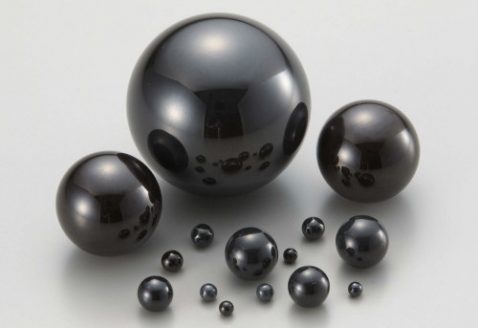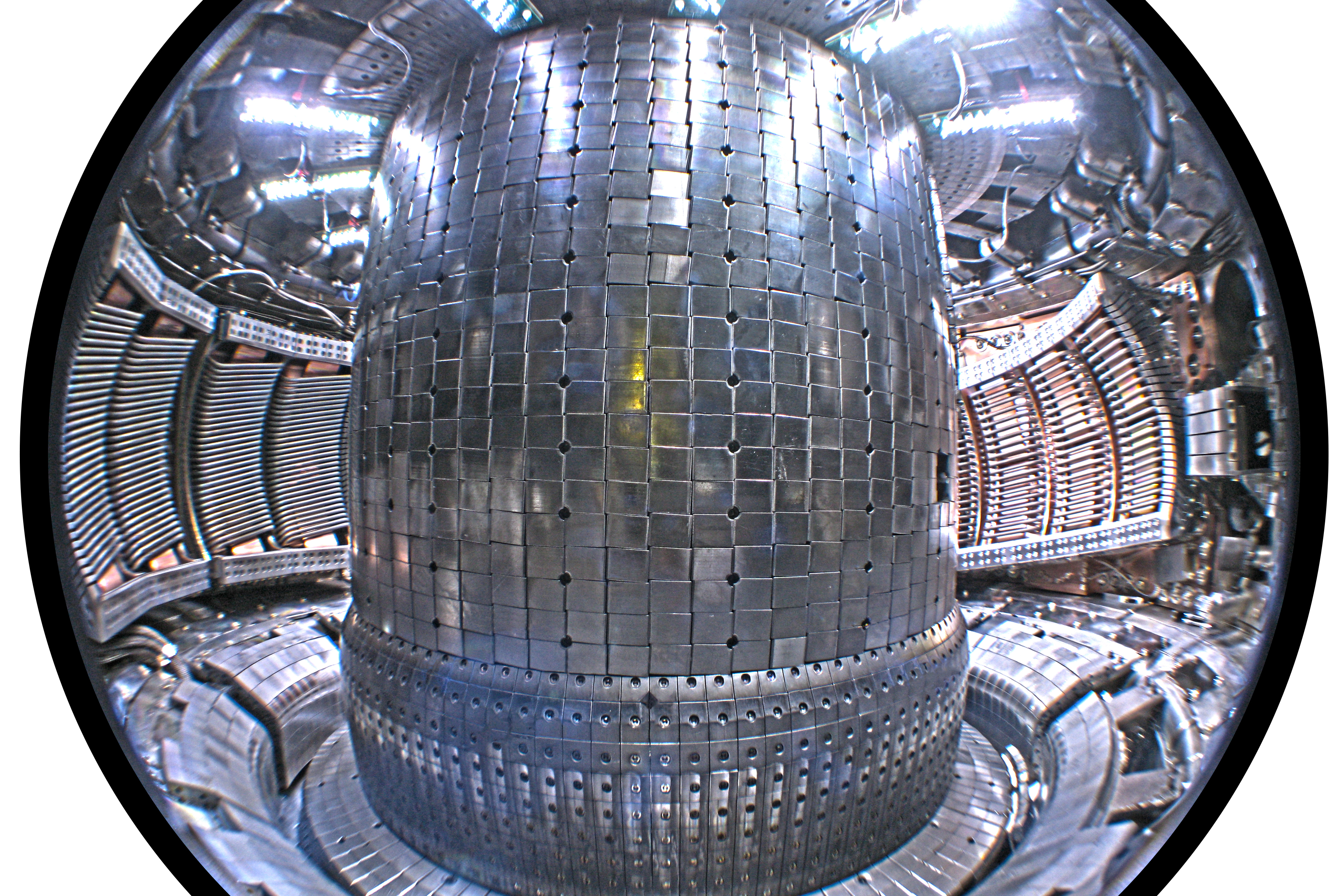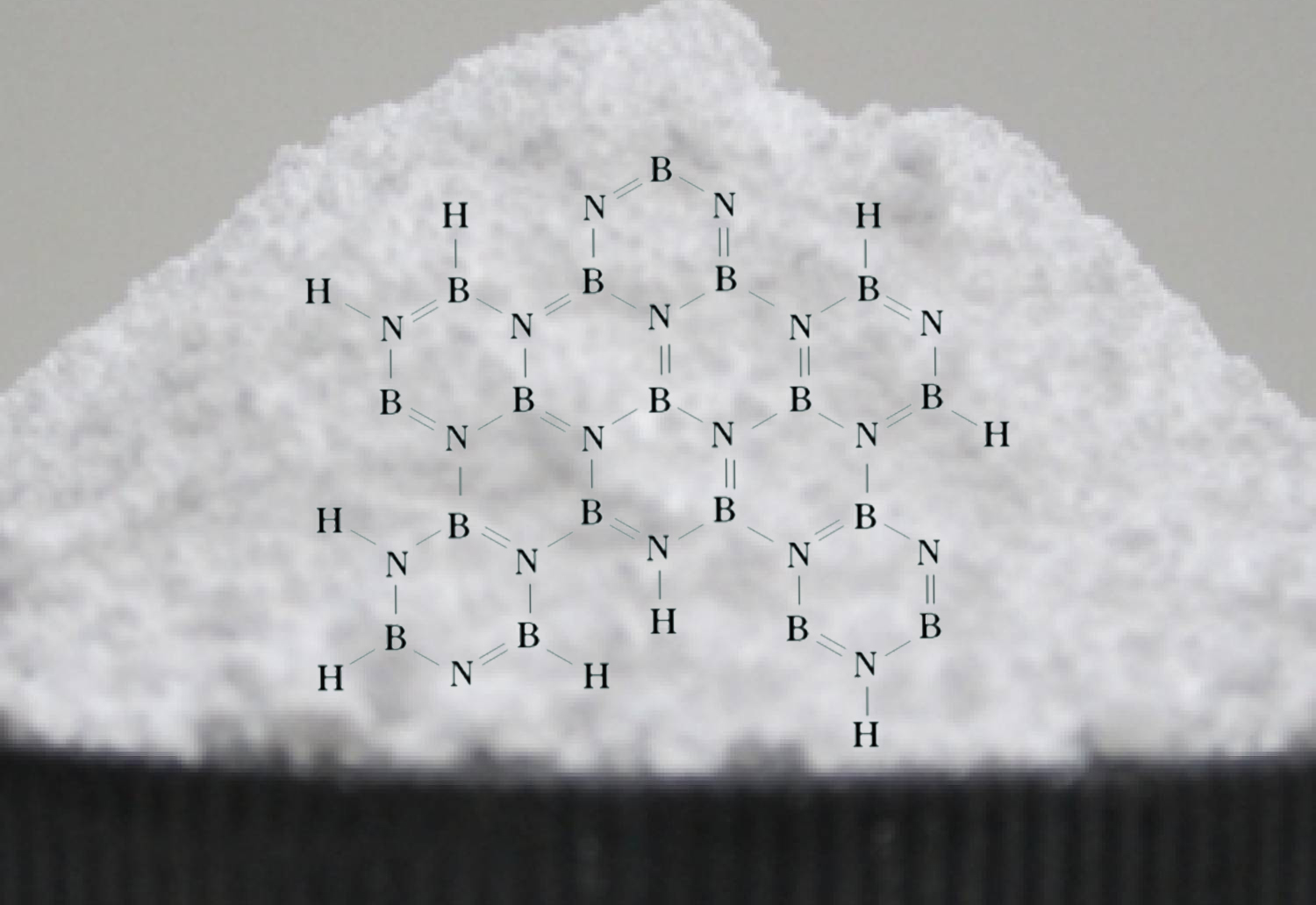Differences Between Precise Ceramics and Traditional Ceramics
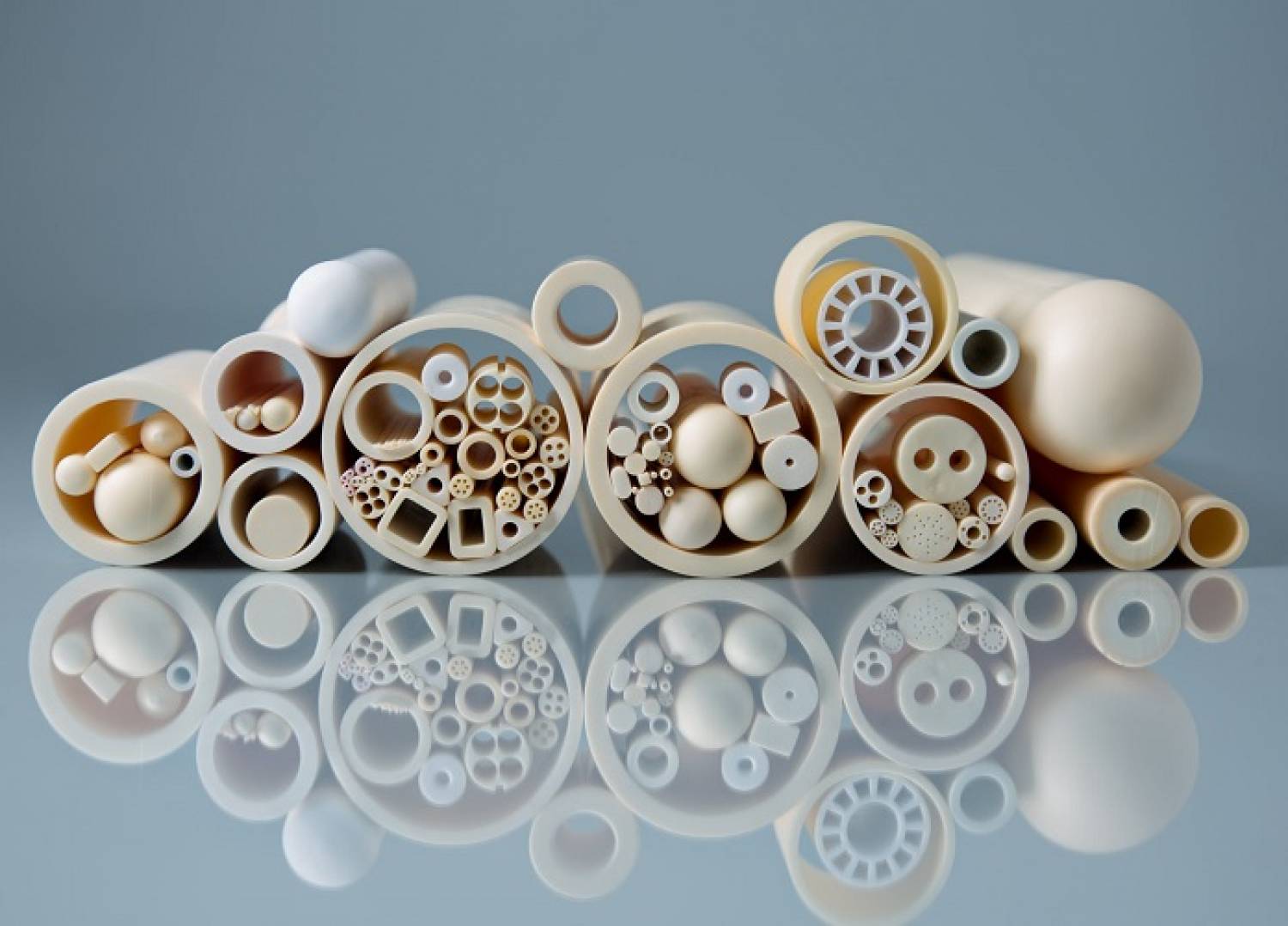
Precise Ceramics
Precise ceramics, also named advanced ceramics, are products made from high purity inorganic compounds with developed workmanship. Through specific processes and strict control of ingredients, precise ceramics enjoy natural bright surface and exact sizes. With high-temperature sintering, precise ceramics gain qualities such as high strength, toughness, stiffness, and anti-corrosion. The special structures and chemical compositions gift precise ceramics diverse functions, like conduction, insulation, magnetism, permeability and other combined functions. Precise ceramics can work as semiconductor and play an important role in chemical and biological products.
Differences Between Precise Ceramics and Traditional Ceramics
1. Different raw materials
Traditional ceramics use natural minerals without processing, such as clay, quartz, feldspar and so on. However, the raw materials of precise ceramics are synthetic high-quality powders, which is a breakthrough of traditional ceramic clay. The "well selected raw materials" endow precise ceramics with more good qualities and functions.
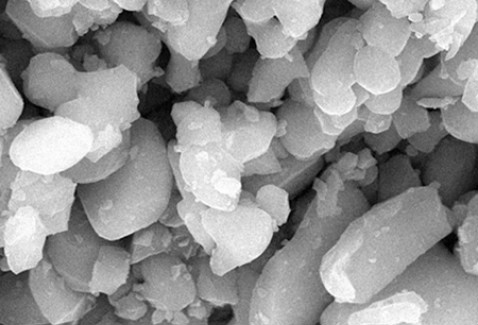
2. Different structures
The structure of traditional ceramic is decided by composition of the clay. The ceramics from different origins have various textures. Because of the using of different raw materials, traditional ceramics tend to have more complicated chemical structures and compositions. Besides, traditional ceramic have more impurities both in type and quantity. The microstructure of traditional ceramics is not even with multiple pores. Therefore, it’s harder to control the quality of traditional ceramic products. The chemical structures of precise ceramics are simple and clear with high purity. Moreover, precise ceramics are made from manually calculated ingredients, which means the raw materials are under control. Therefore, the microstructure of advanced ceramics is generally uniform and fine.
3. Different manufacturing processes
The minerals for traditional ceramics can be directly used for wet molding, such as plastic molding of mud or grouting molding of slurry. The products need no more processing after sintering with temperature between 1652℉ to 2552℉. However, dry molding and wet molding can only be suitable for precise ceramics when organic additions are added into the raw materials of high-purity powders. Precise ceramics still need more processing after firing under a higher sintering temperature, from 2192℉ to 3992℉according to different materials. From the perspective of preparation procedures, precise ceramics overcome the limits of traditional ceramics. Moreover, there are many advanced technologies used in precise ceramics, such as vacuum sintering, protective atmosphere sintering, hot pressing, hot and high temperature insostatic pressing, and so on.
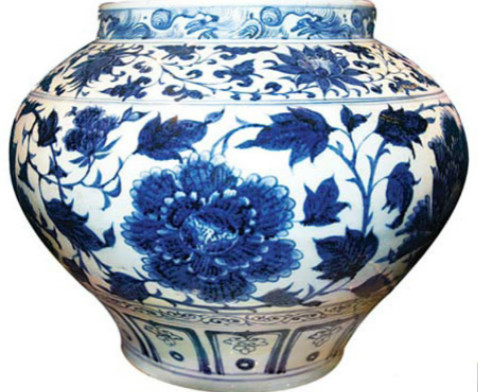
4. Different functions
With the above differences, traditional ceramics and precise ceramics own different functions. Precise ceramics have better performances in quality as well as new applications that tradition ones don’t have. Traditional ceramic materials are mainly produced for daily use or work as building materials. While precise ceramics have multiple physical and mechanical properties, such as high strength, high hardness, wear resistance, corrosion resistance, high temperature resistance and thermal shock resistance. Besides, precise ceramics also have great potential of usages in heat, light, sound, electricity, magnetism, chemistry, biology and other aspects. To some degree, the performances of precise ceramics are far more efficient than those of modern high-quality alloys and polymer materials. Thus, precise ceramics play a leading role in the revolution of new materials. Meanwhile, precise ceramics have a wide range of applications in many industries, like petroleum, chemical, steel, electronics, textile, automobile industries, as well as aerospace, nuclear and military, and so on.

Advanced Ceramic Meterials (ACM) Corporation supplies high-quality and consistent ceramic products to meet our customers' R&D and production needs. For more information, please visit https://www.preciseceramic.com/.
{{item.content}}
LEVE A REPLY
{{item.children[0].content}}
{{item.content}}









